
When comparing the Aiper Seagull SE and the Dolphin Proteus DX3, there are clear distinctions that set these robotic pool cleaners apart. We purchased and rigorously tested both cleaners to provide an honest and thorough review for our readers. Both robots bring unique features to the table, but they also come with their own set of limitations.
The Aiper Seagull SE is a newly redesigned model that promises improved battery life. While its sleek design may catch your eye, it primarily falls short in terms of functionality. We found its pool coverage to be limited, only managing to clean the floor, and struggled with inclines. Additionally, it lacks an onboard navigation system, making its cleaning path quite random. The Aiper Seagull SE scored a disappointing 2.6 out of 10 in our review.
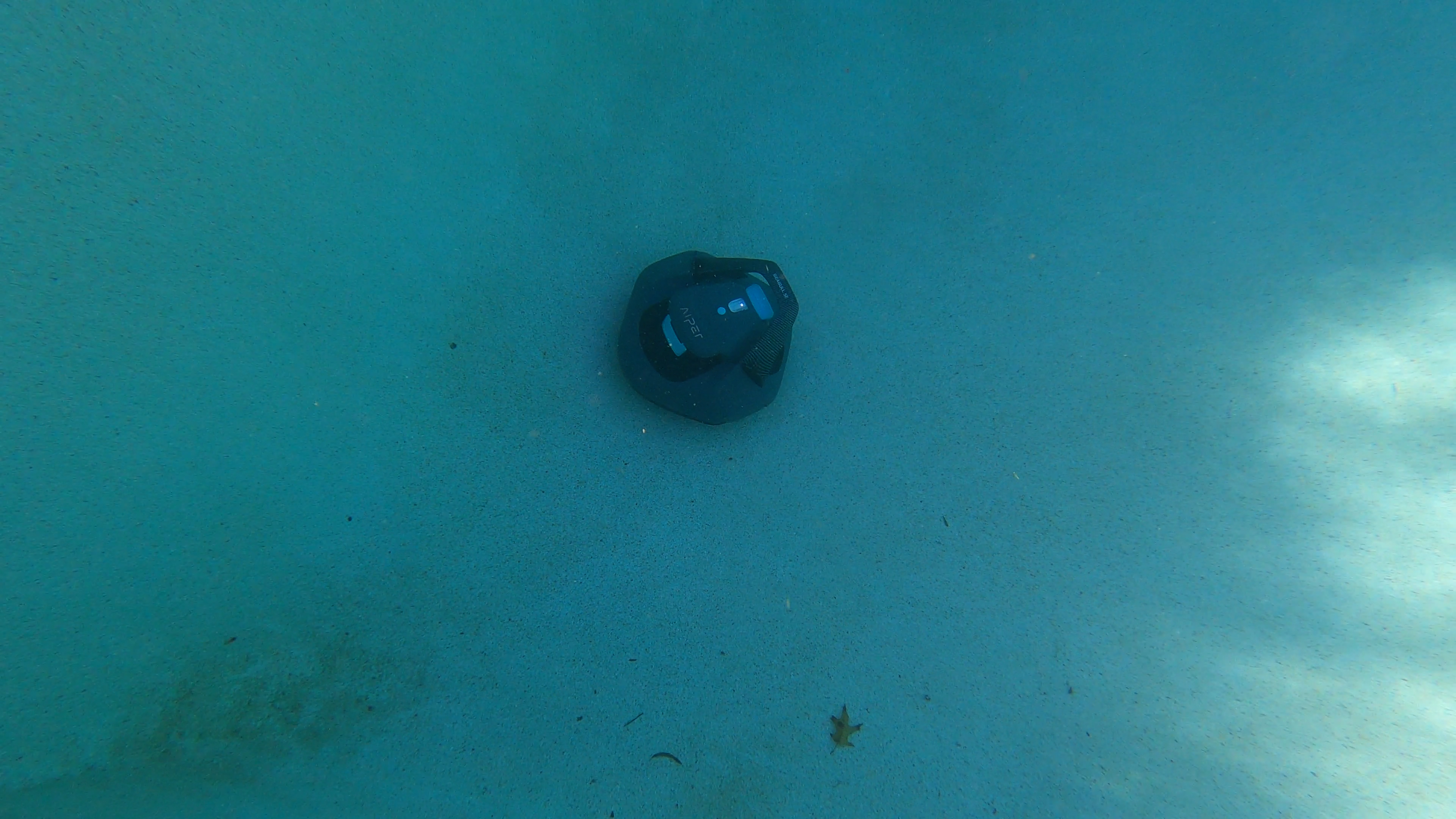
On the other hand, the Dolphin Proteus DX3 promises reliability and solid vacuuming power. Designed for inground pools up to 33ft, the Proteus DX3 delivers floor and wall coverage, but it falls short in some critical areas. It lacks waterline cleaning capabilities and NanoFilters, making it less effective against cloudy water and larger debris. Additionally, several reviewers have noted a hefty restocking fee if you decide to return the product, which can be a significant drawback.
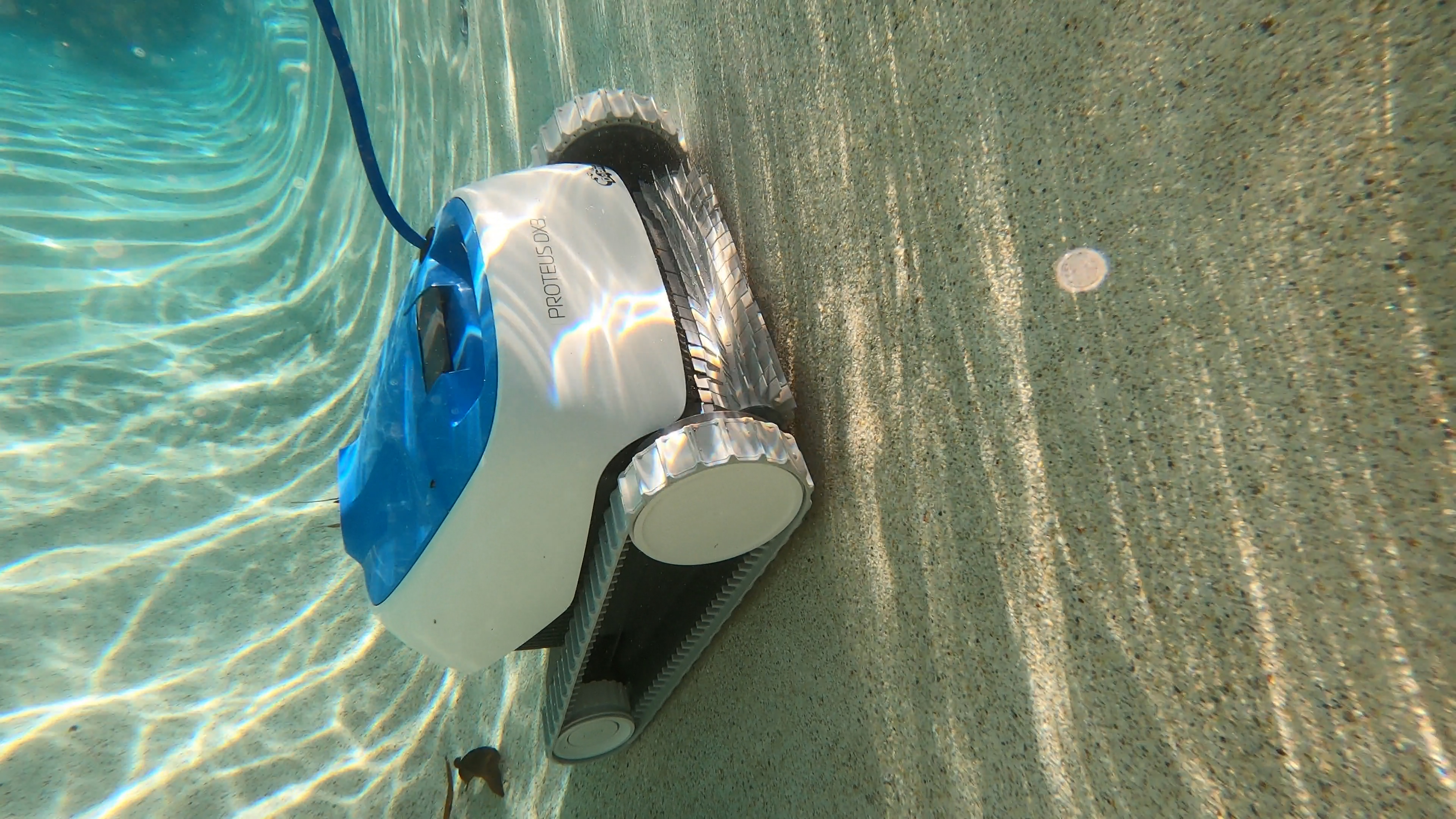
Both robots were tested under real-world conditions to gauge their performance, usability, and value for money. We filled our pools with various types of debris, from small particles to larger leaves, to see how each cleaner handled the challenge. While the Dolphin Proteus DX3 proved to be more effective overall, it still came with its own set of concerns that potential buyers should be aware of.
During our detailed analysis, we examined multiple aspects like pool coverage, filtration ability, and the features and warranties offered by each robot. The aim was to provide a comprehensive review that could help you make an informed decision when buying a robotic pool cleaner. Now, let's dive deeper into how we conduct these reviews and the criteria we use to ensure they are as informative and useful as possible.
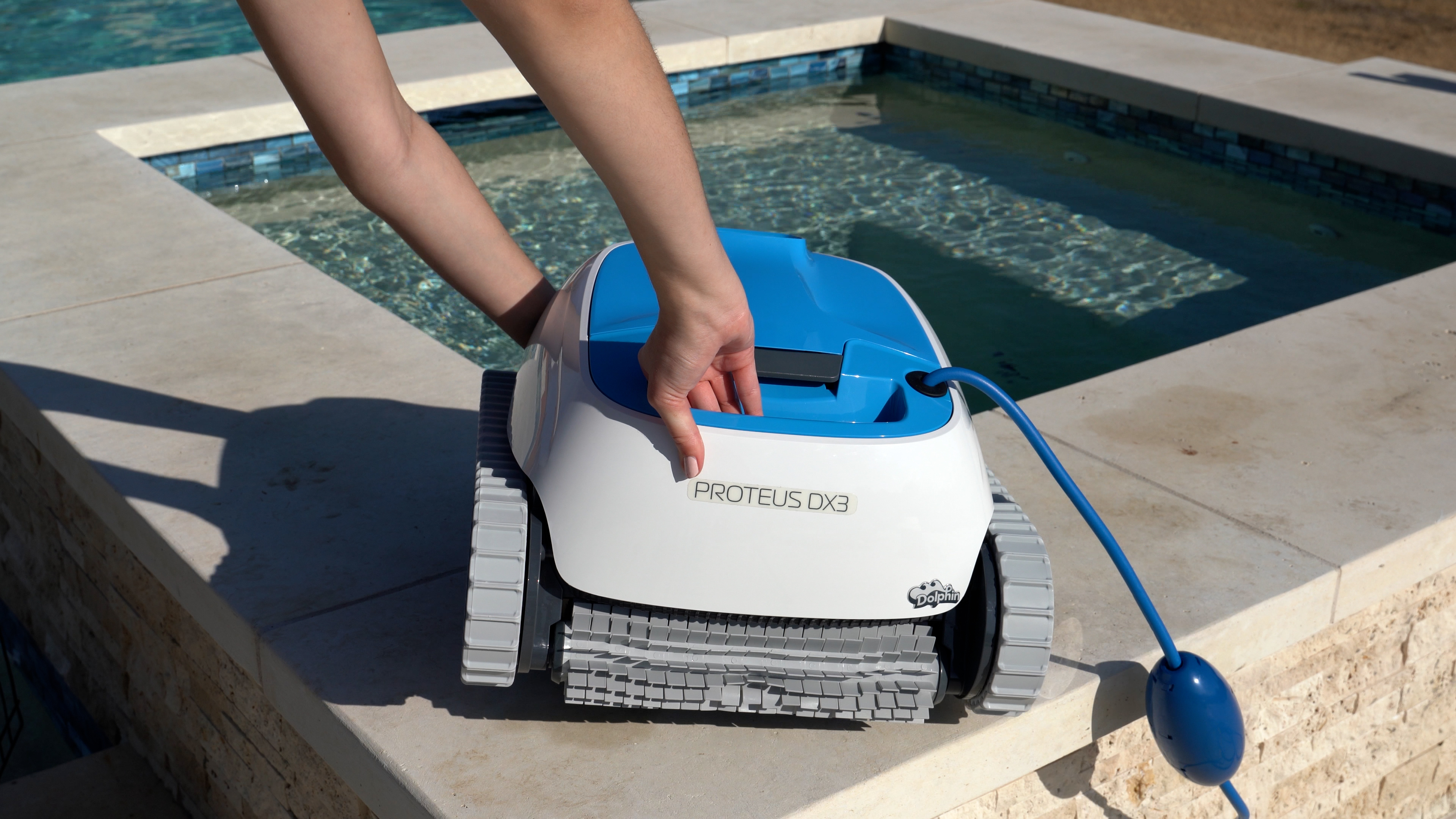
When evaluating the Aiper Seagull SE and the Dolphin Proteus DX3, we utilized a consistent methodology to ensure a thorough comparison. This involves using the robots in our pools for three months, testing various features like battery life, ease of use, and overall performance. We aimed to simulate realistic conditions that an average pool owner might face.
One of our key areas of focus is pool coverage. We assessed how effectively each robot cleaned the entire pool, including the floor, walls, and waterline. The Seagull SE struggled here, as it failed to clean the pool's slopes and walls, rendering it less effective. In contrast, the Proteus DX3 showed more promise, covering floors and walls but still fell short on waterline cleaning.
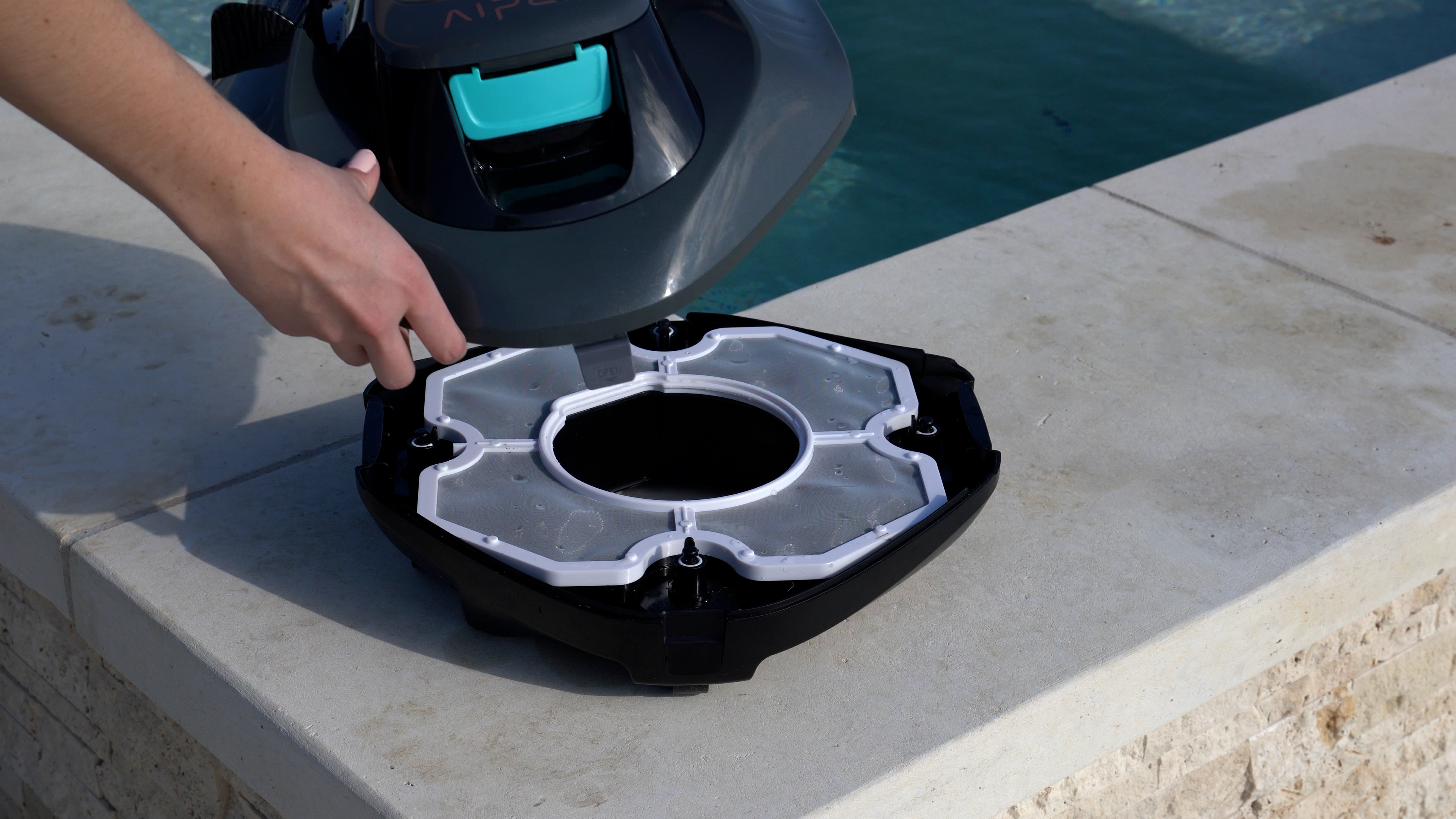
In terms of filtration ability, we introduced a variety of debris into the pools, ranging from leaves to smaller particles. The Seagull SE's flat filter was disappointing, unable to capture finer debris effectively. The Proteus DX3, while better, also lacked NanoFilters, hindering its ability to clear cloudy water. These shortcomings are significant for potential buyers who prioritize clear and clean pool water.
Our feature set and warranty evaluations looked at usability aspects like programmable timers, handle design, and warranty reliability. The Aiper Seagull SE's cordless design seemed convenient until we realized it required frequent recharging. The Dolphin Proteus DX3 came with a programmable timer but had a cumbersome handle design. Moreover, the DX3’s hidden restocking fee in case of returns was a considerable drawback.
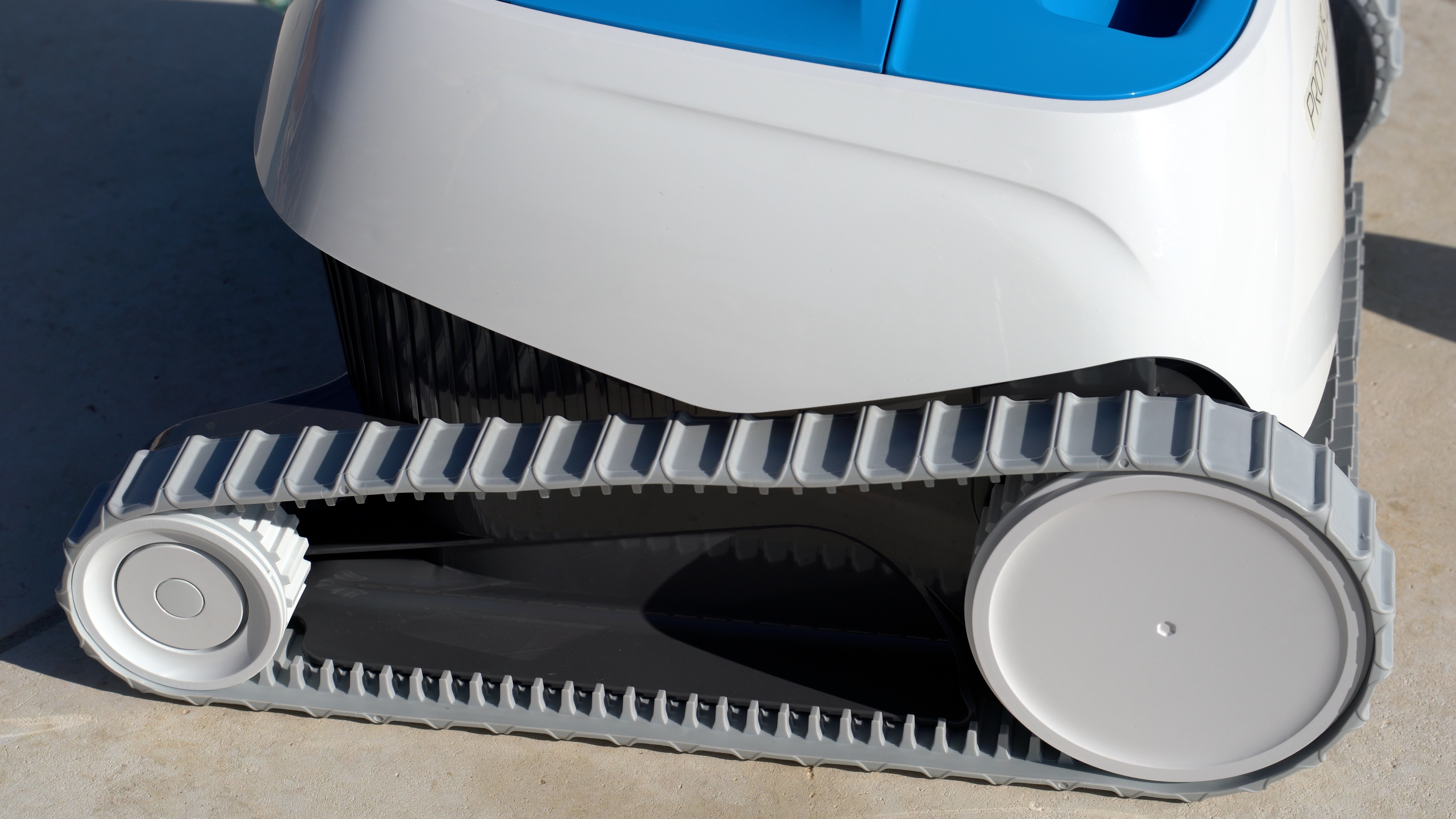
Through our detailed evaluations, we identified both strengths and weaknesses of each robotic pool cleaner. While the Proteus DX3 performed better overall, especially in vacuuming power, it still left much to be desired in terms of feature set and user experience. On the other hand, the Seagull SE failed in critical areas, making it less effective for comprehensive pool cleaning.
Ultimately, our goal is to provide you with insights that help you make an informed decision. We recommend considering higher-performing models like the Dolphin Cayman or the Dolphin Quantum, both of which offer superior features and better long-term value in the robotic pool cleaner market.
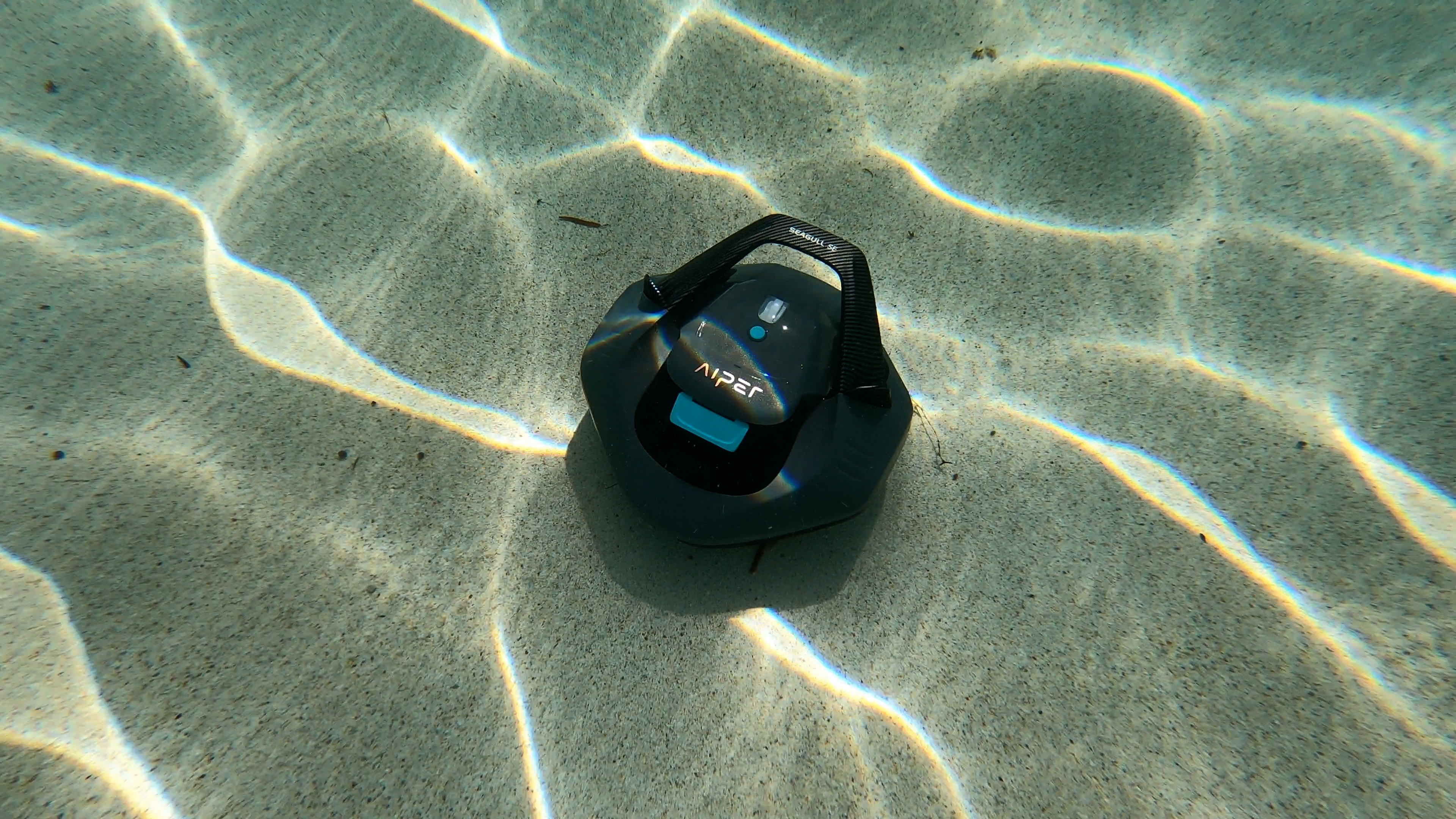
By choosing the right robotic pool cleaner, you can save time and effort, ensuring a clean and inviting pool without the hassles of manual cleaning. For those interested in the best options available, you can explore our detailed reviews and comparisons of the best robotic pool cleaners for the year.
The Aiper Seagull SE and the Dolphin Proteus DX3 have notable differences in their pool coverage capabilities. The Seagull SE is designed primarily to clean only the pool floor, making it less suitable for comprehensive cleaning needs, especially for inground pools that require wall and waterline cleaning.
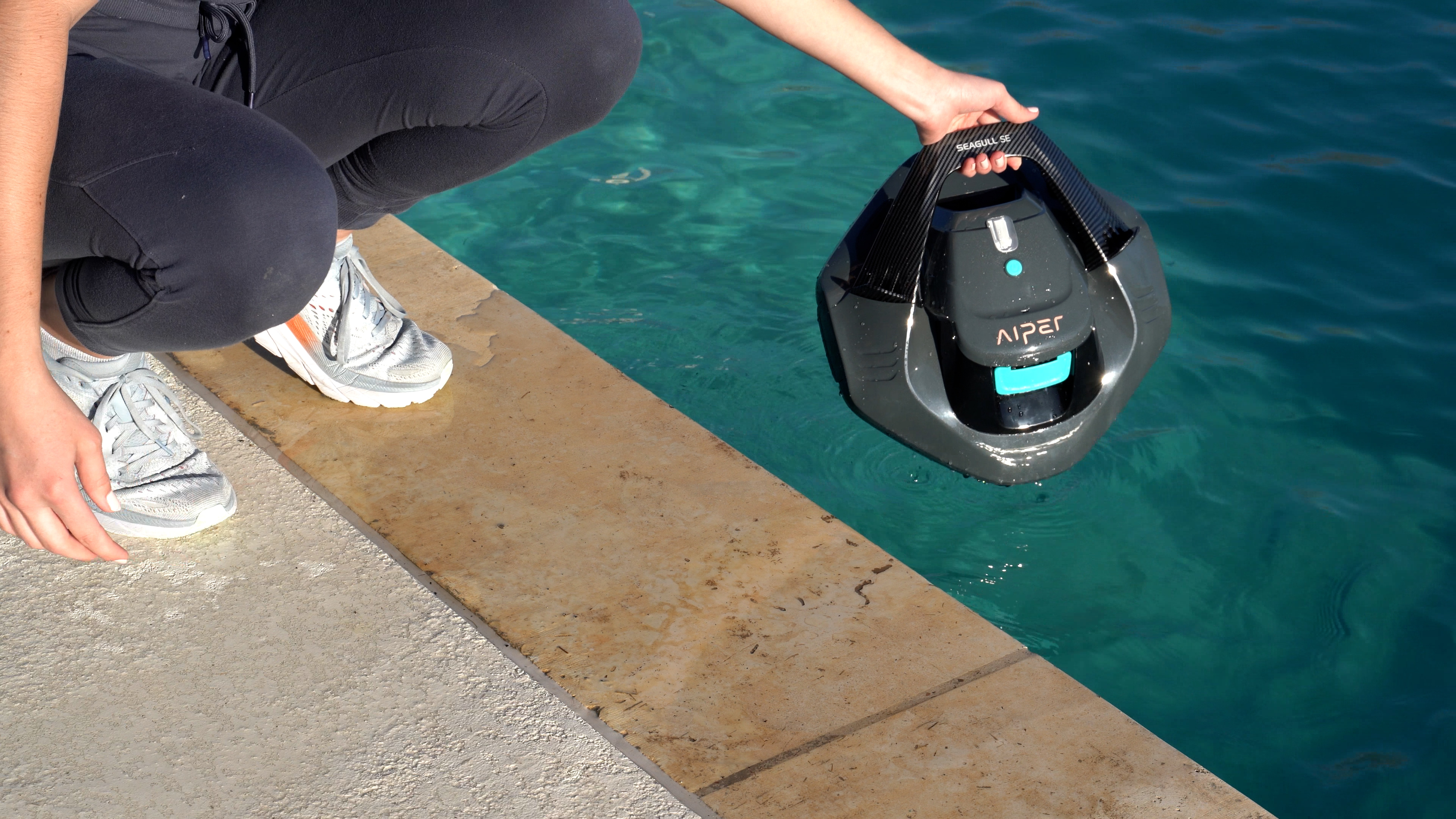
In contrast, the Dolphin Proteus DX3 offers broader coverage by cleaning both the pool floor and walls. This makes it more versatile and effective, especially for inground pools. However, one major limitation is its inability to clean the waterline, a critical area for maintaining a spotless pool.
The Dolphin Proteus DX3 scored an 8 out of 10 in pool coverage, whereas the Aiper Seagull SE scored only 3. These scores illustrate a significant difference in their cleaning capabilities, favoring the Dolphin Proteus DX3.
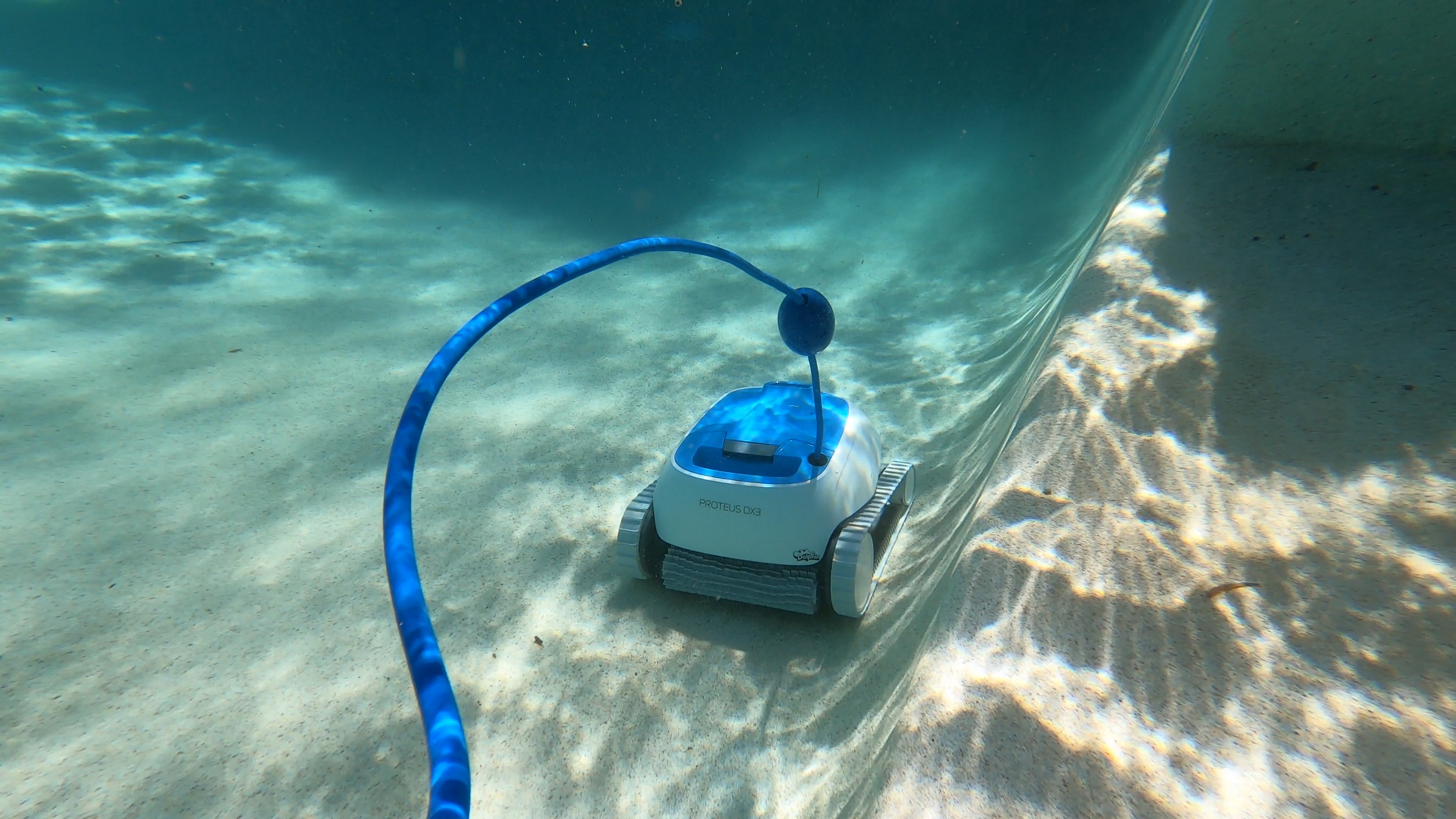
The cleaning performance of the Seagull SE is also hindered by its lack of an onboard navigation system. This results in random and often ineffective cleaning paths, missing several areas and leaving debris behind. On the other hand, the Proteus DX3's built-in navigation ensures more systematic and efficient cleaning.
Another critical factor to consider is the type of brush each robot uses. The Seagull SE uses static brushes which do not actively scrub the pool surfaces, making it less effective against stubborn debris and algae. The Proteus DX3’s active scrubbing brush offers superior cleaning power, effectively removing dirt and algae.
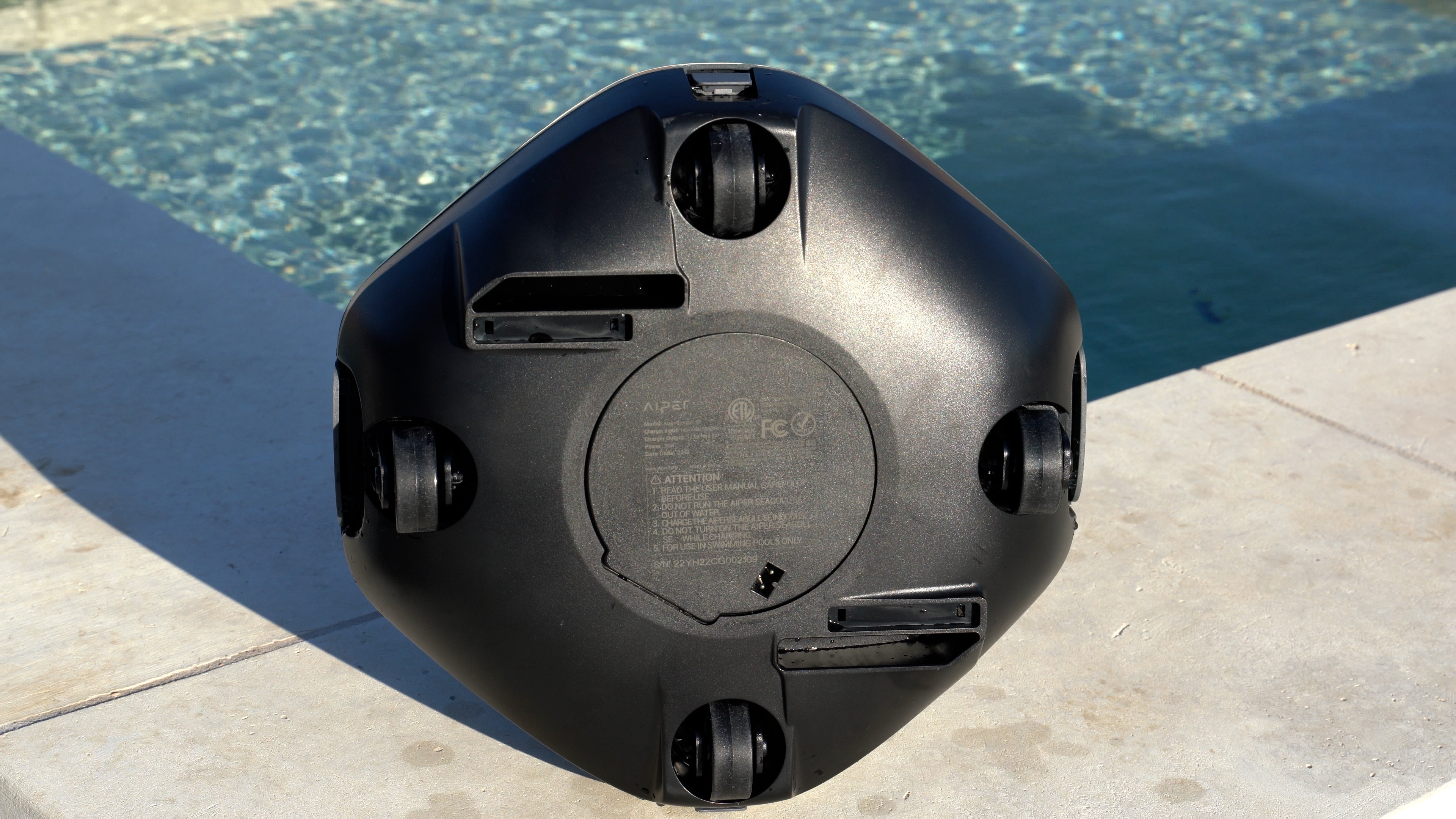
While both robots have their unique points, the Dolphin Proteus DX3 clearly outperforms the Aiper Seagull SE in terms of pool coverage and overall cleaning efficiency. For pool owners who seek a comprehensive clean, the Proteus DX3 proves to be the better option.
Overall, potential buyers should carefully weigh these coverage capabilities when choosing a robotic pool cleaner. For those prioritizing thoroughness, considering the Dolphin Quantum or Dolphin Premier might be beneficial, as they offer full pool coverage, including the waterline.
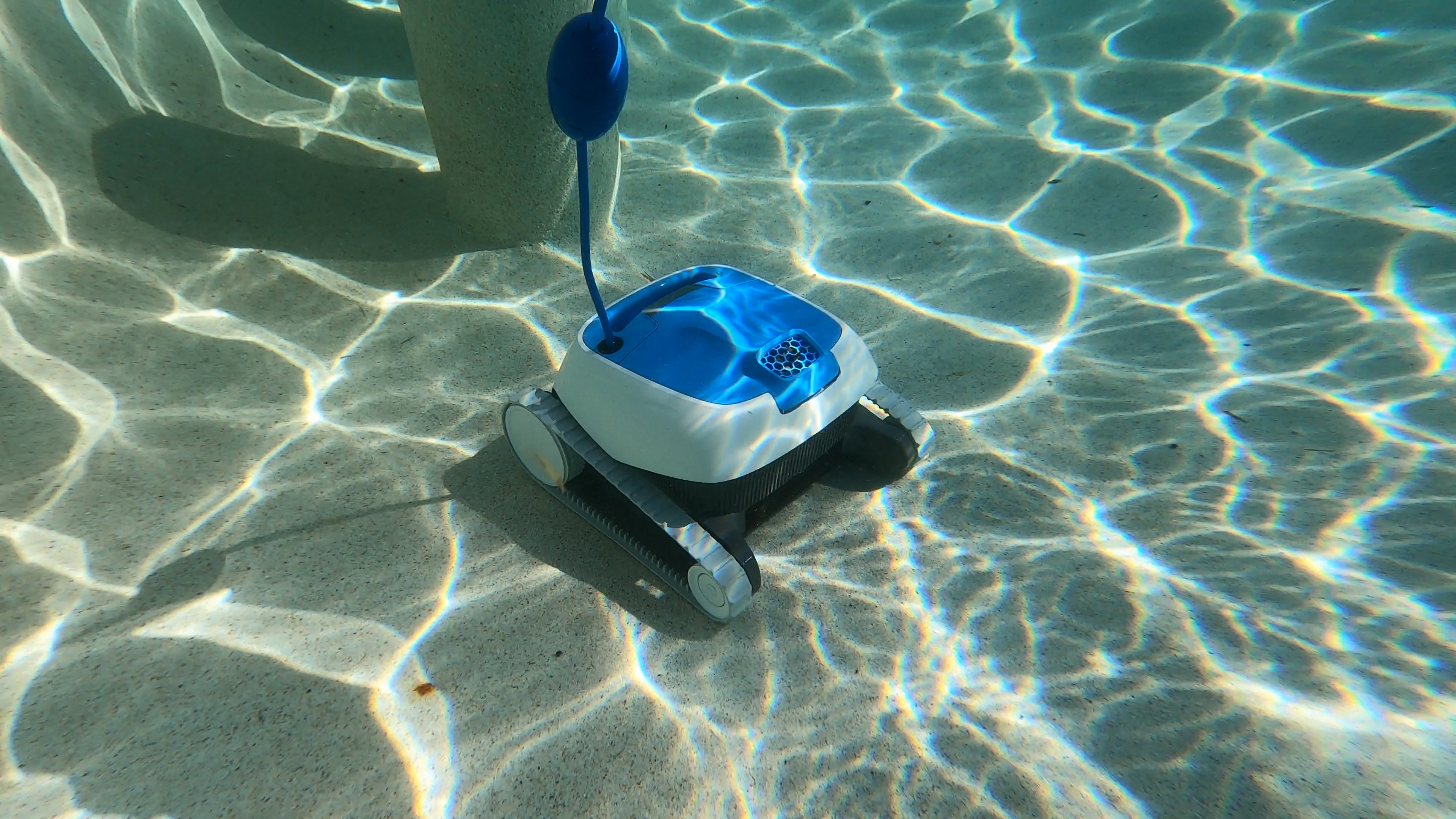
When it comes to the filtration systems of the Aiper Seagull SE and Dolphin Proteus DX3, there are notable differences that impact their cleaning efficiency and usability. Both models attempt to tackle debris in your pool but do so with varying degrees of success and technology.
The Aiper Seagull SE utilizes a flat mesh filter, which was one of our main points of criticism during its testing. This type of filter is far from ideal as it struggles to capture fine particles and debris effectively. Not only does it allow smaller particles to pass through, but it also has difficulty holding larger debris, such as leaves and twigs.
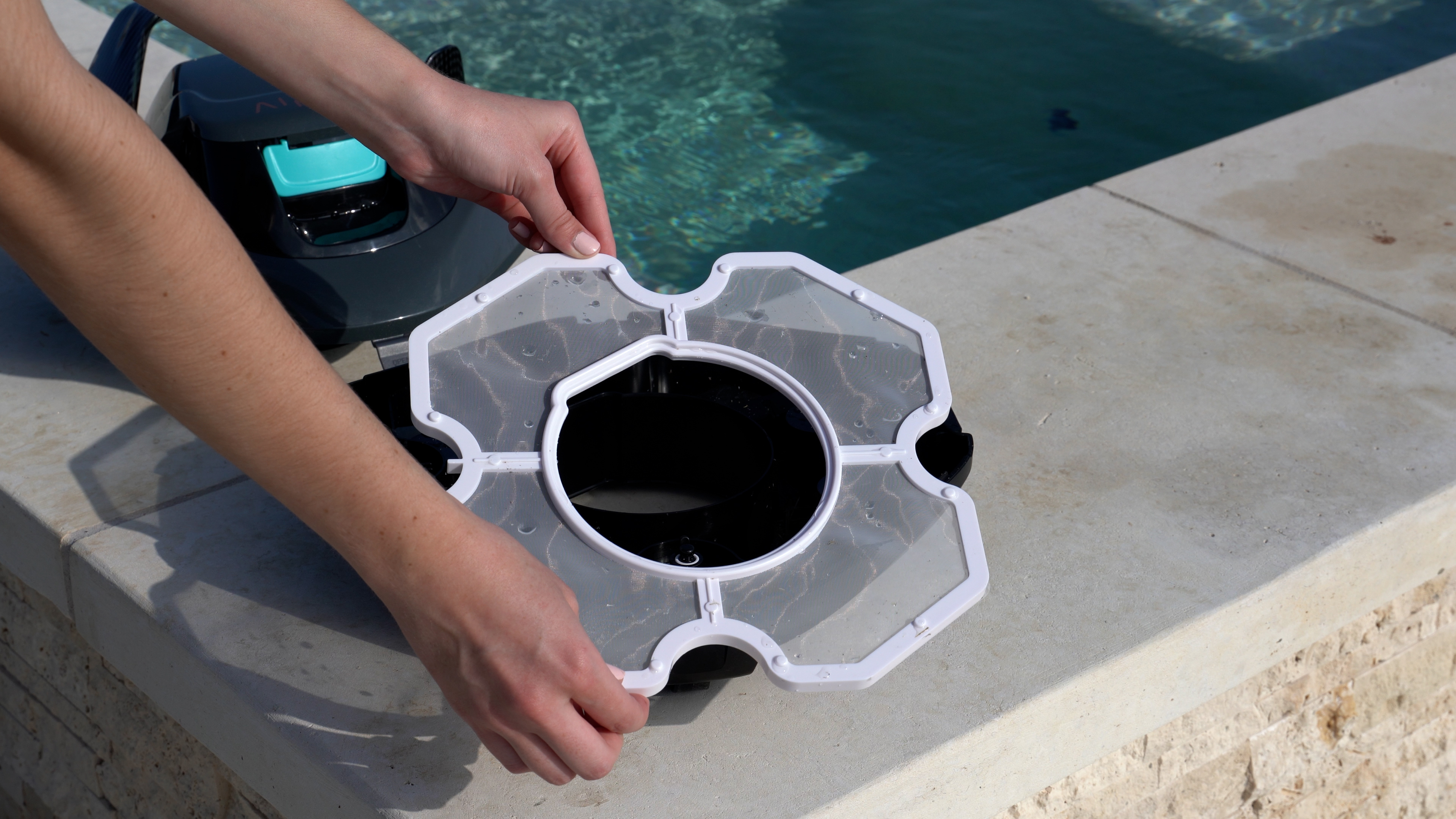
In contrast, the Dolphin Proteus DX3 employs a standard fine filter basket, which is significantly more effective than the flat filter used by the Seagull SE. While not perfect, this filter basket can capture and hold a wider range of debris, from fine particles to larger leaves. This makes it a more practical choice for pool owners seeking a comprehensive cleaning.
During our tests, we introduced various types of debris into the pool, including leaves, sand, and twigs. The Dolphin Proteus DX3 outperformed the Seagull SE, capturing more debris and leaving the pool noticeably cleaner. However, the DX3 still falls short in one critical area: it lacks NanoFilters, which are essential for capturing microscopic particles and keeping the water crystal clear.
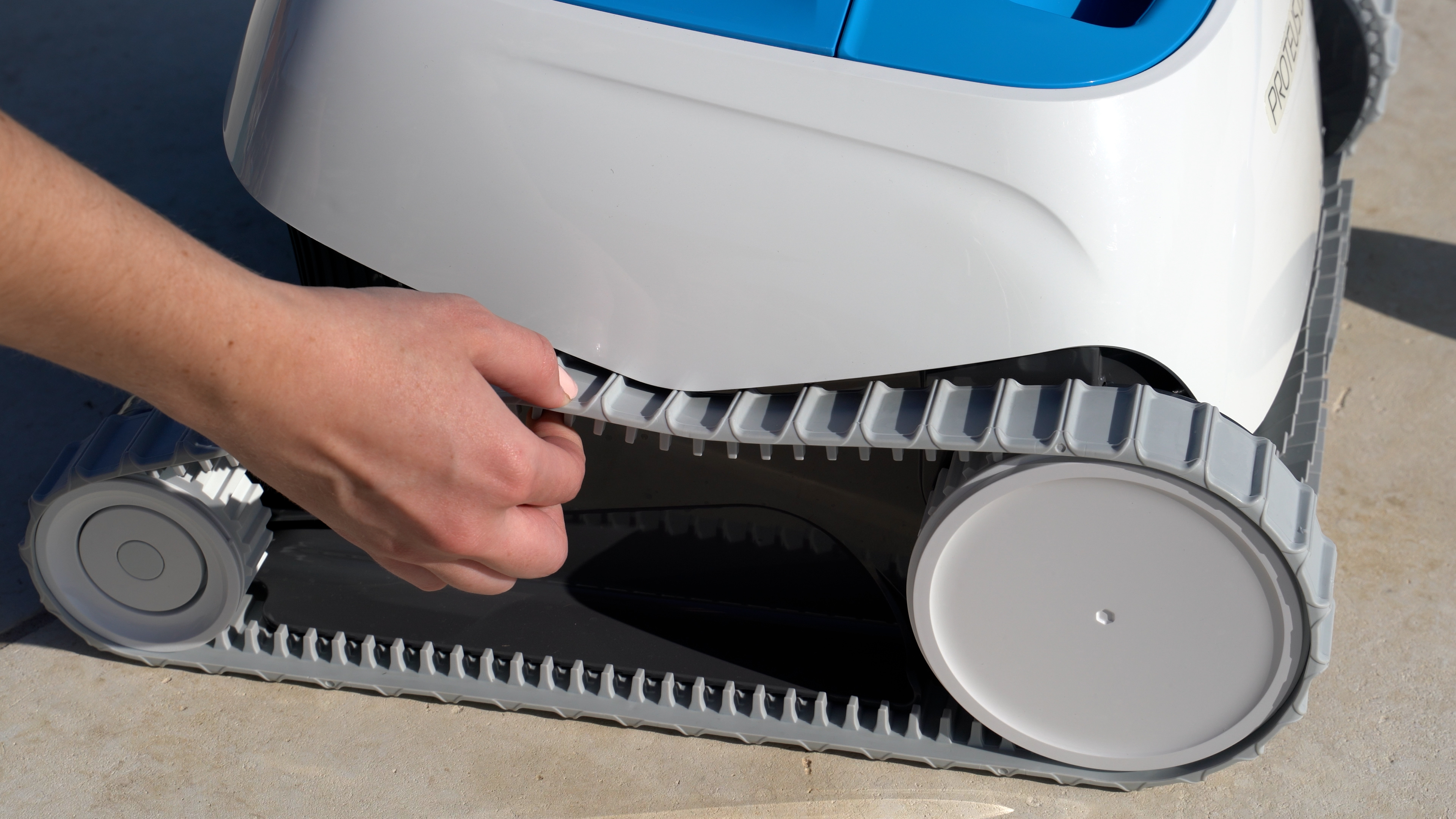
Without NanoFilters, the Dolphin Proteus DX3 can't entirely eliminate all fine debris, but it remains more effective than the Aiper Seagull SE's flat mesh filter. The inclusion of a filter basket in the DX3 offers a higher capacity and better filtration, which is crucial for maintaining pool cleanliness.
In terms of user preference, the clear winner is the Dolphin Proteus DX3. Its standard filter basket is easier to clean and manage, and it does a better job of capturing various types of debris. While it’s not perfect without NanoFilters, it provides a more reliable solution than the Seagull SE, whose flat filter often leaves debris behind.
Overall, the filtration systems are vital to the effectiveness of any robotic pool cleaner. The Seagull SE scored a disappointing 1.5 out of 5 in our filtration ability tests, clearly lagging behind. On the other hand, the Proteus DX3 fared better, scoring a 3 out of 5. While there is room for improvement, the Proteus DX3's system is superior to that of the Aiper Seagull SE.
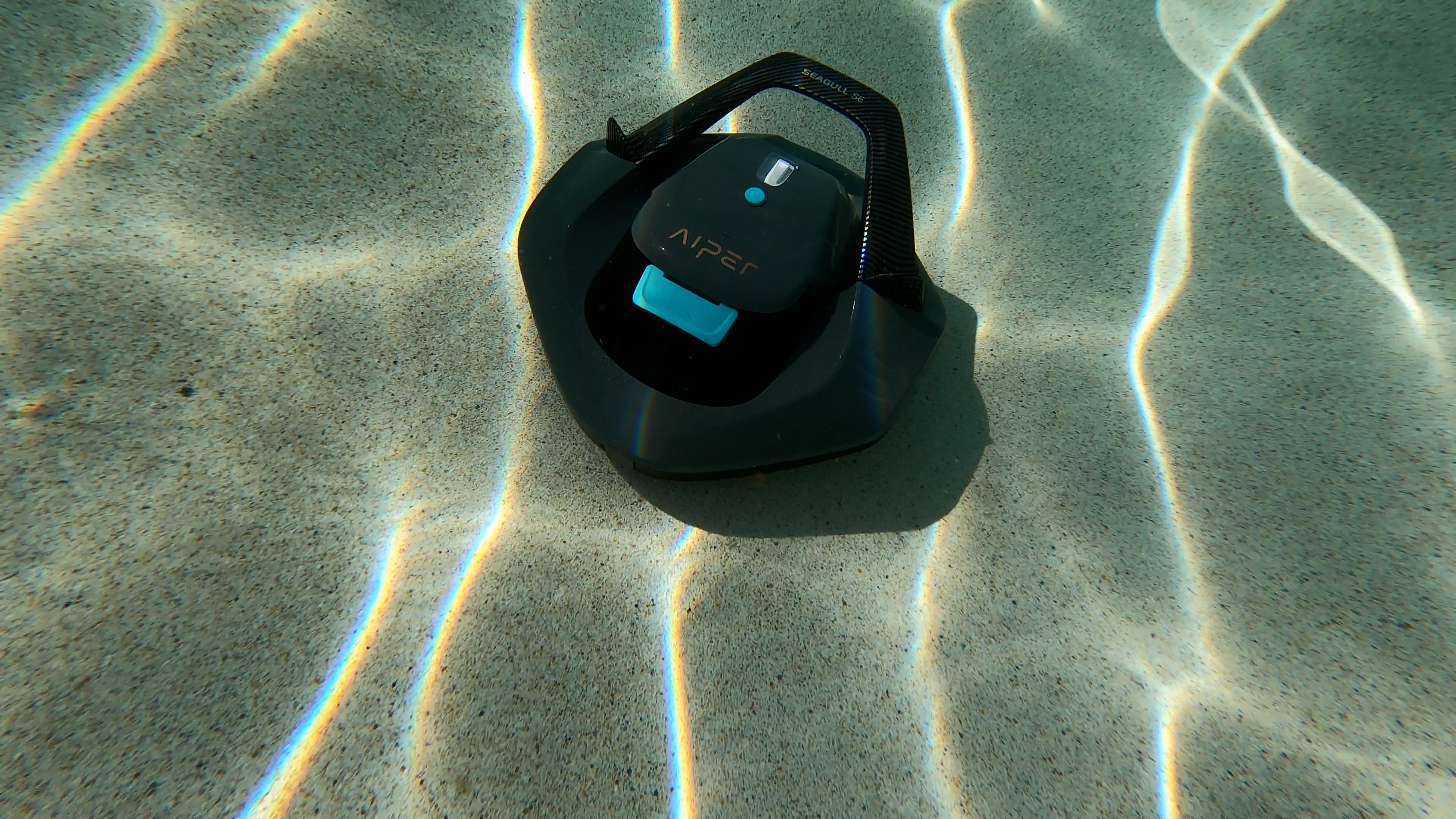
When choosing a robotic pool cleaner, it's essential to consider not just the types of debris each can capture but also how easy it is to maintain the filter system. Frequent maintenance should be simple and straightforward, and in this regard, the Dolphin Proteus DX3 offers a more user-friendly experience.
For users who prioritize comprehensive filtration, considering higher-performing models like the Dolphin Quantum or Dolphin Premier might be beneficial. These models include multiple filter options, including NanoFilters, ensuring a cleaner and clearer pool.

The Aiper Seagull SE and the Dolphin Proteus DX3 come equipped with distinct feature sets that cater to different pool cleaning needs. Evaluating these features provides insight into their usability and unique functionalities, aiding potential buyers in making informed choices.
The Aiper Seagull SE boasts a cordless design, which initially seems appealing for ease of use. However, this feature is hindered by its frequent need for recharging. With a charging time of 2.5 hours and a cleaning time of only 90 minutes, the Seagull SE spends more time out of the pool than in it. Additionally, it lacks a programmable timer, meaning users must manually operate it every time they want to clean their pool.
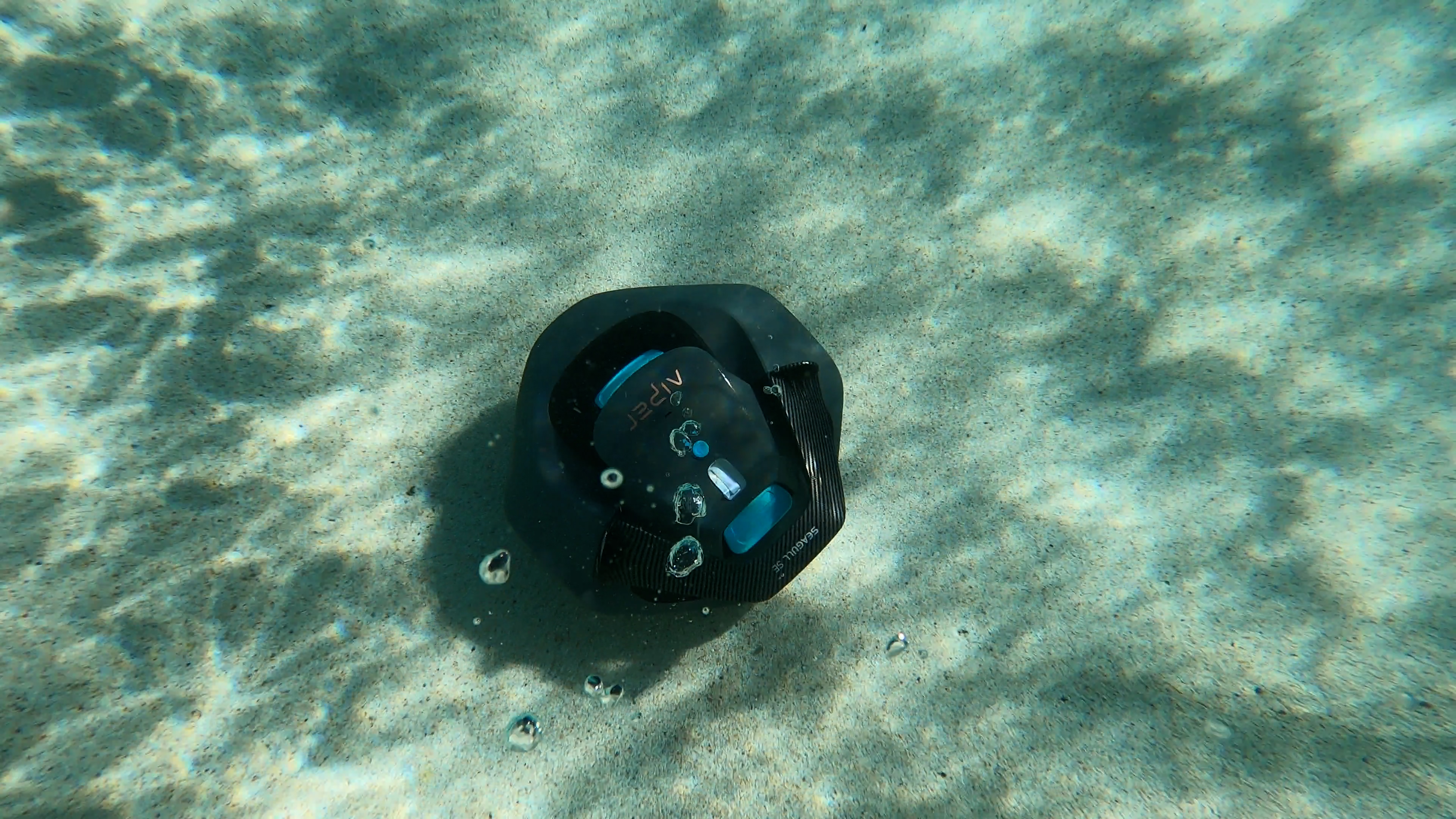
In contrast, the Dolphin Proteus DX3 includes a programmable timer, allowing users to set a cleaning schedule to run every day, every other day, or every three days. This feature significantly enhances user convenience, as it automates the cleaning process without the need for daily intervention. The DX3 also integrates an effective navigation system, ensuring it covers the pool methodically.
When it comes to navigation and cleaning efficiency, the Dolphin Proteus DX3 outshines the Aiper Seagull SE. The DX3’s ability to clean both the pool floor and walls, coupled with its systematic cleaning path, makes it a more comprehensive solution. However, neither model excels at waterline cleaning, which is a critical area for maintaining pool hygiene.
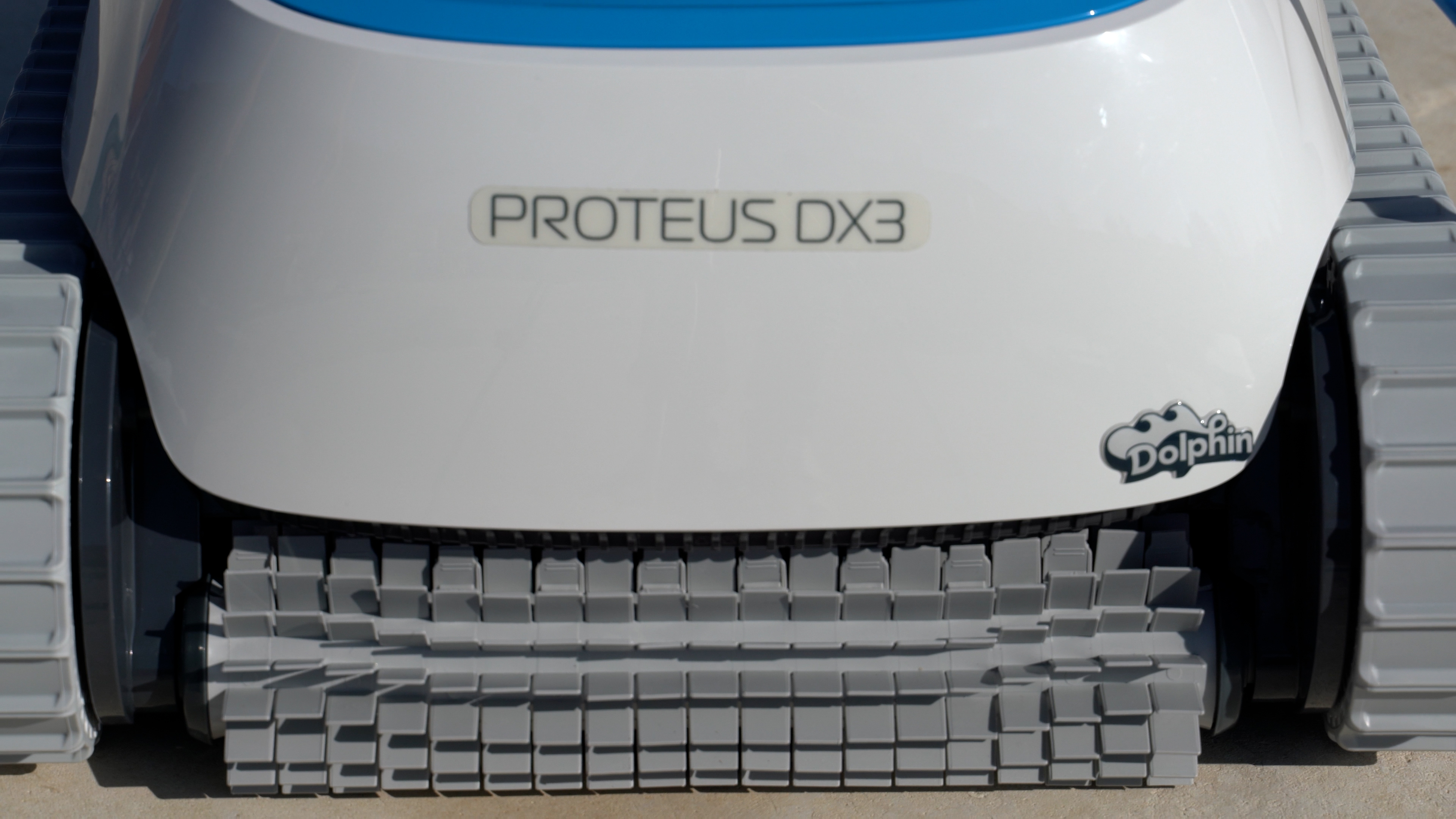
A critical downside of the Seagull SE is its one-year warranty, a stark contrast to the standard two-year warranty provided by Dolphin. This shorter warranty period raises concerns about the longevity and reliability of the Aiper model. On the other hand, the Proteus DX3 offers a two-year warranty but comes with a significant caveat: a restocking fee that can be as high as 20% if the product is returned.
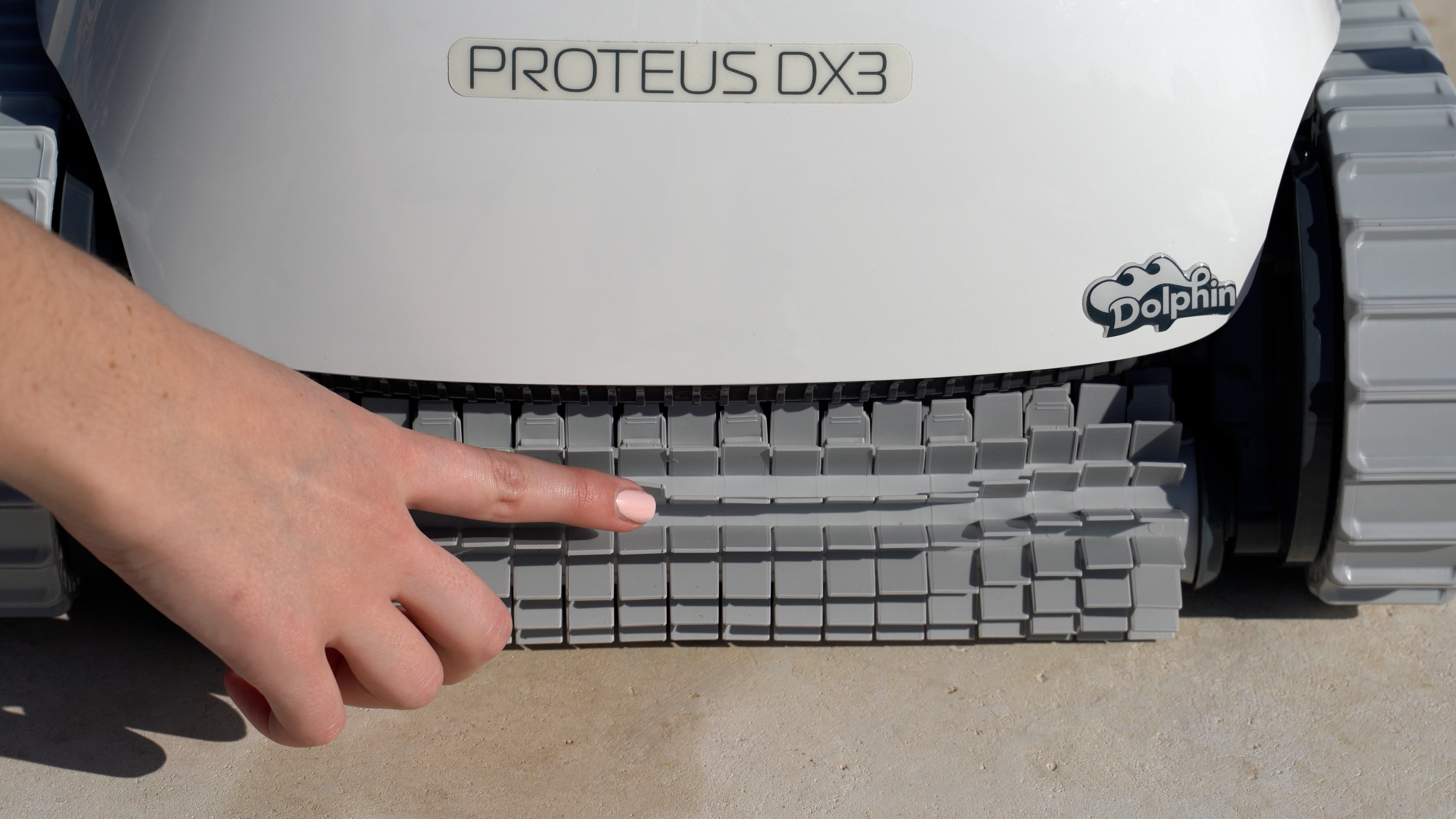
In terms of filtration, both pool robots have room for improvement. The Seagull SE’s flat filter is notably ineffective, offering poor filtration for both fine and large debris. The Proteus DX3 utilizes a standard filter basket, which is better but still not as effective as models with NanoFilters. The absence of NanoFilters in both units means they struggle with capturing microscopic particles, impacting water clarity.
Feature-wise, the Dolphin Proteus DX3 scores a 4 out of 10, primarily due to its programmable timer and better filtration system compared to the Seagull SE. In contrast, the Seagull SE scores a mere 3, with no significant features to set it apart or justify its convenience claims. The Proteus DX3’s hidden restocking fee does place a damper on its otherwise strong feature set.

In conclusion, while the Dolphin Proteus DX3 offers more features and better usability, it still has its own set of drawbacks like the hidden restocking fee. The Aiper Seagull SE, with its shorter battery life and lack of advanced features, falls significantly behind. For those seeking comprehensive features and minimal hassle, considering models like the Dolphin Quantum or Dolphin Premier may be more beneficial.

Overall, thorough evaluation of each robot's features is crucial when selecting the right device for pool cleaning needs. It's essential to consider both strengths and weaknesses, bearing in mind usability and user experience, to make an informed decision.
After comparing the Aiper Seagull SE and Dolphin Proteus DX3, it’s clear that both have their distinct challenges and strengths. The Seagull SE, with its cordless design, aimed to bring convenience but ultimately fell short with its limited pool coverage, ineffective filtration, and short battery life. Scoring a low 2.6 out of 10, it could not manage the comprehensive cleaning needs of an average pool.

On the other hand, the Dolphin Proteus DX3 performed better with a more reliable cleaning system, floor and wall coverage, and a programmable timer. However, its inability to clean the waterline and the hidden restocking fee are significant drawbacks. Scoring a respectable 6 out of 10, it stands as an above-average cleaner but still leaves room for improvement.

Given their scores and performance, neither the Aiper Seagull SE nor the Dolphin Proteus DX3 makes it to the top tier of robotic pool cleaners. If you're looking for superior performance and higher efficiency, better alternatives like the Dolphin Premier, Dolphin Sigma, or the Dolphin Quantum should be explored. These alternatives offer comprehensive features, better cleaning capabilities, and a more user-friendly experience.
By considering models from our list of best robotic pool cleaners, you ensure a clean and well-maintained pool with minimal effort required on your part. Evaluating overall performance, longevity, and user experience will guide you to the robotic pool cleaner that best fits your needs.

Making an informed decision requires examining the detailed evaluations and comparisons. This allows for a robotic cleaner that not only meets but exceeds your expectations, offering you the best value and ensuring a crystal-clear pool.